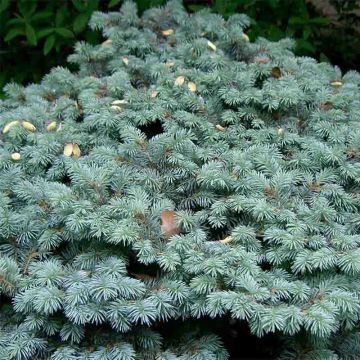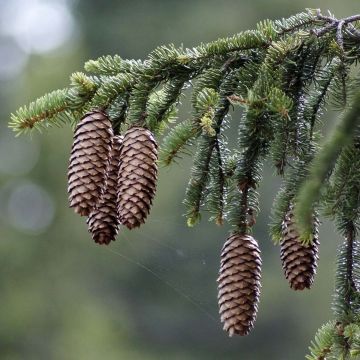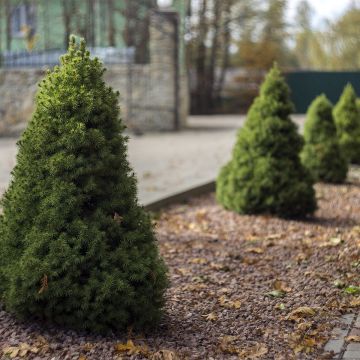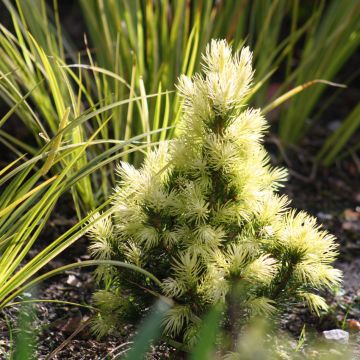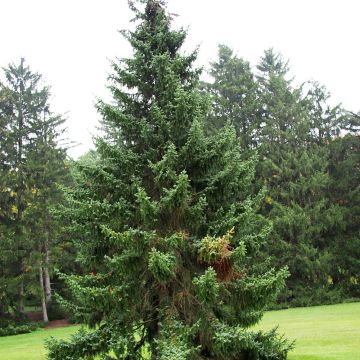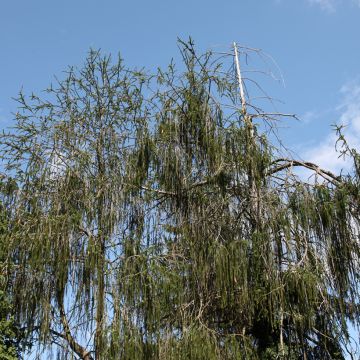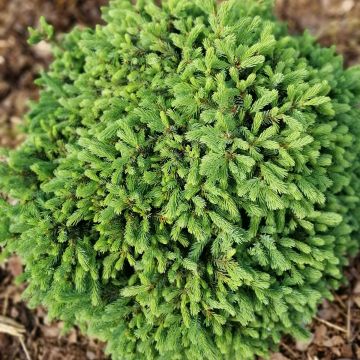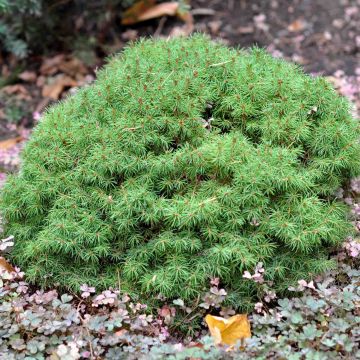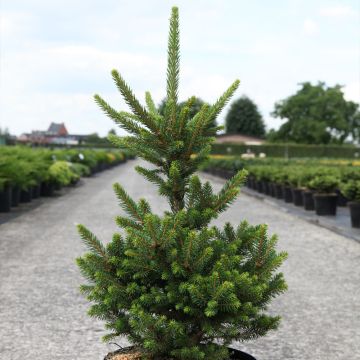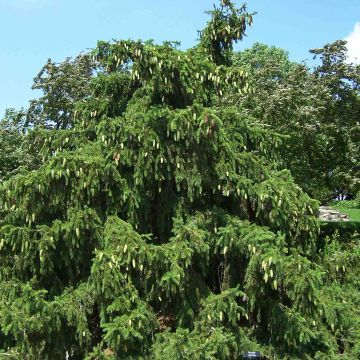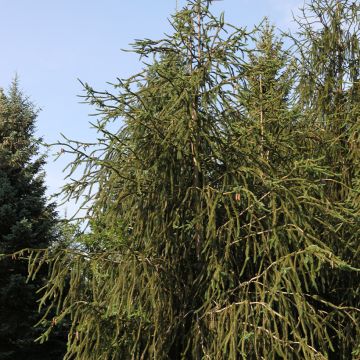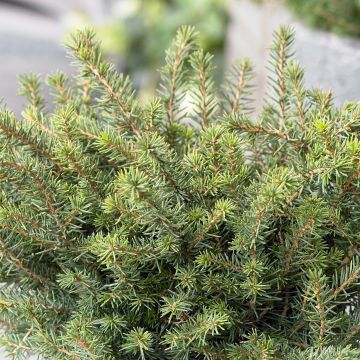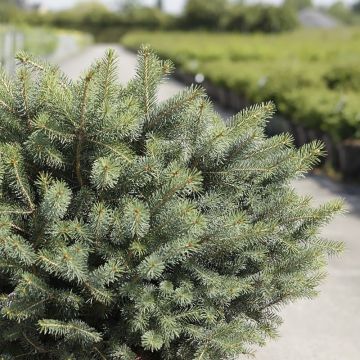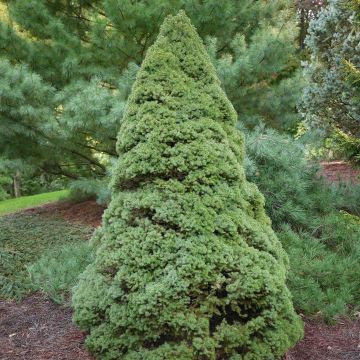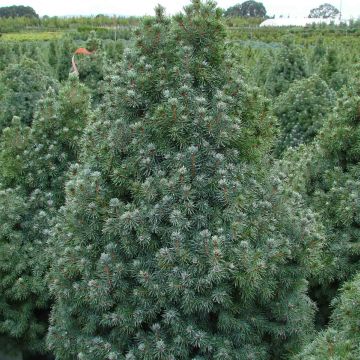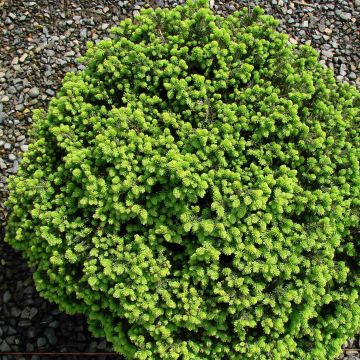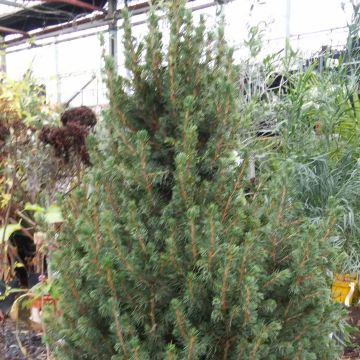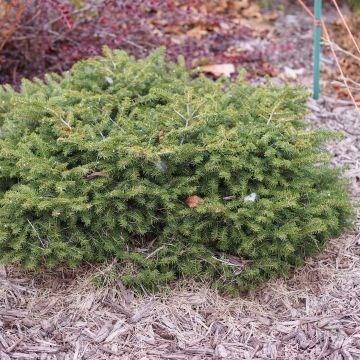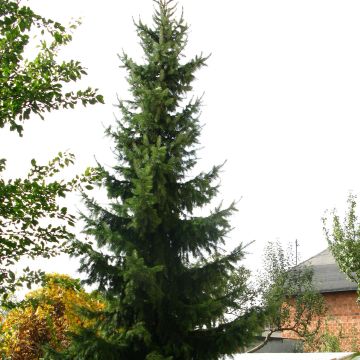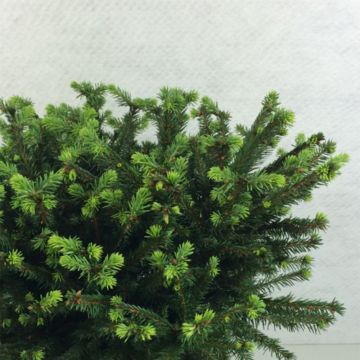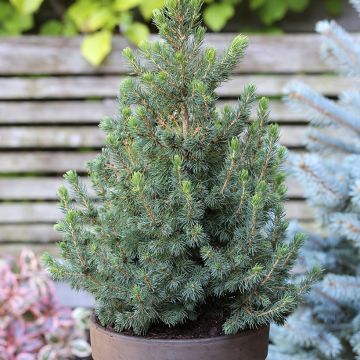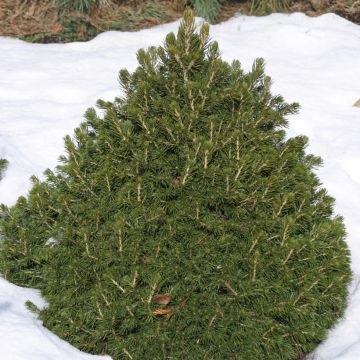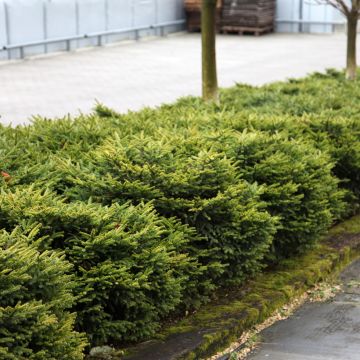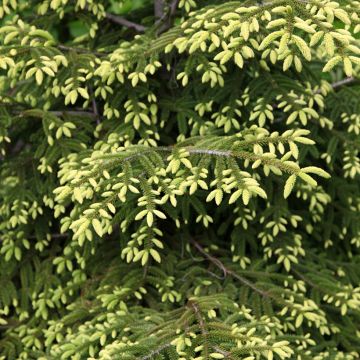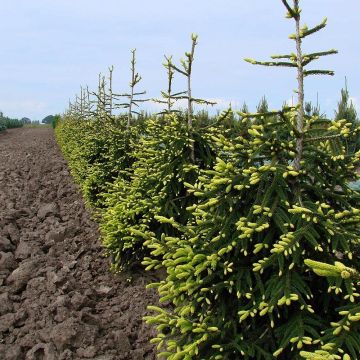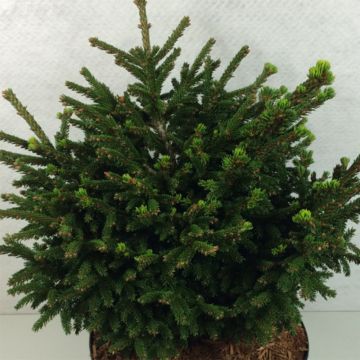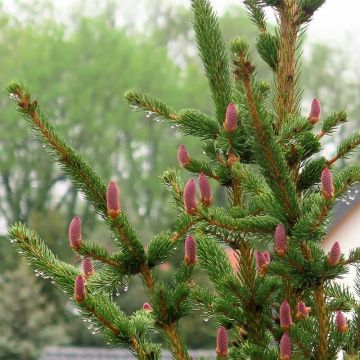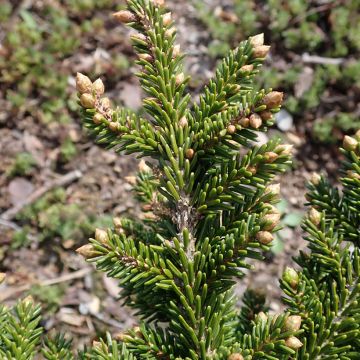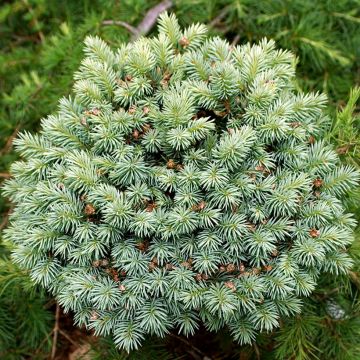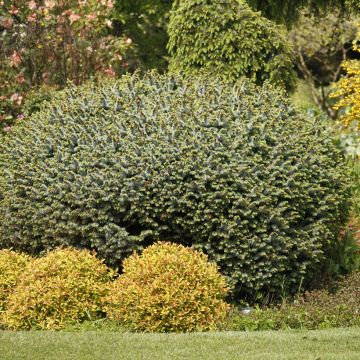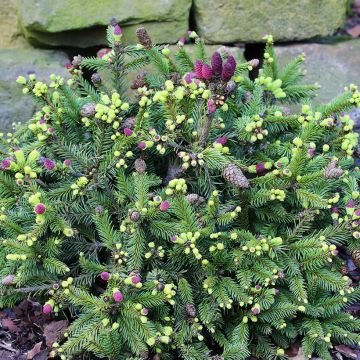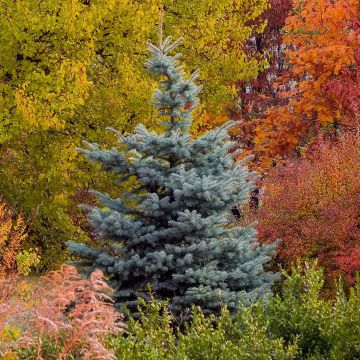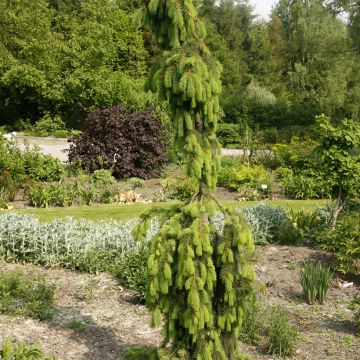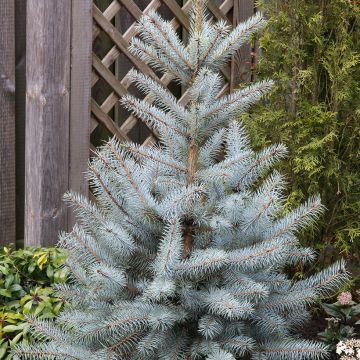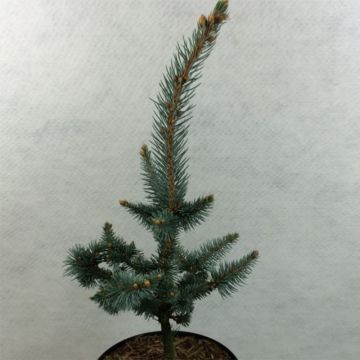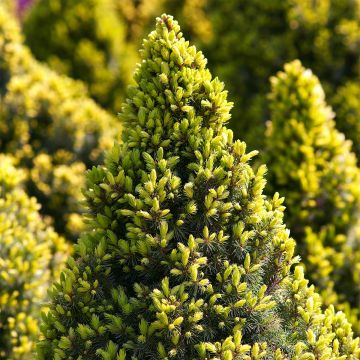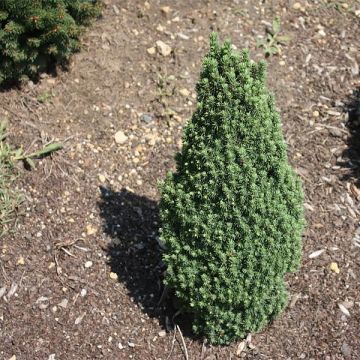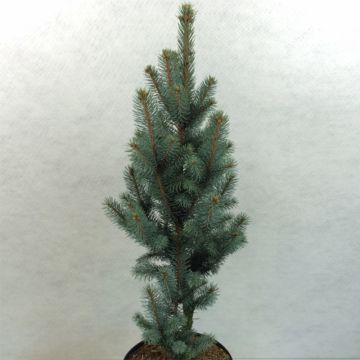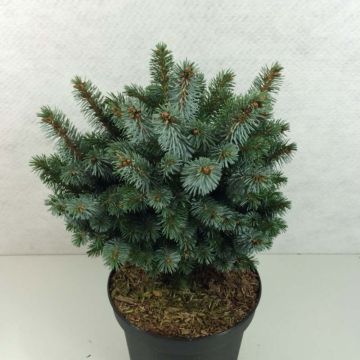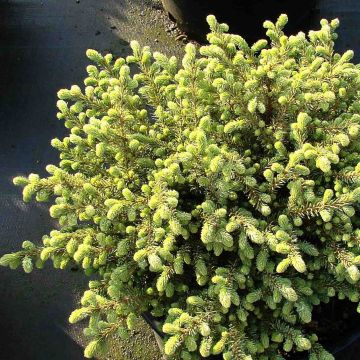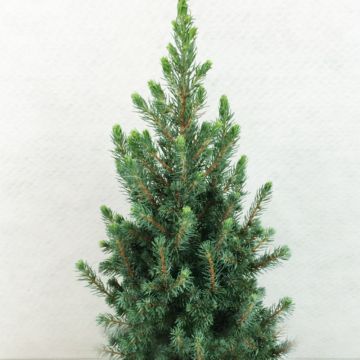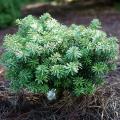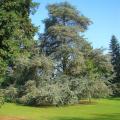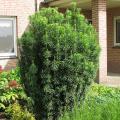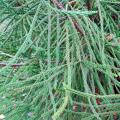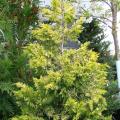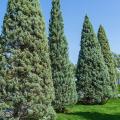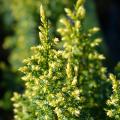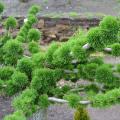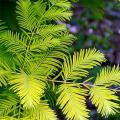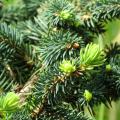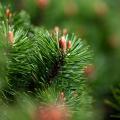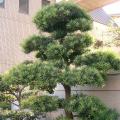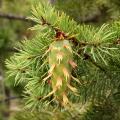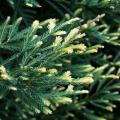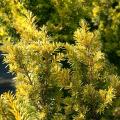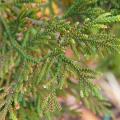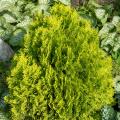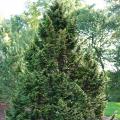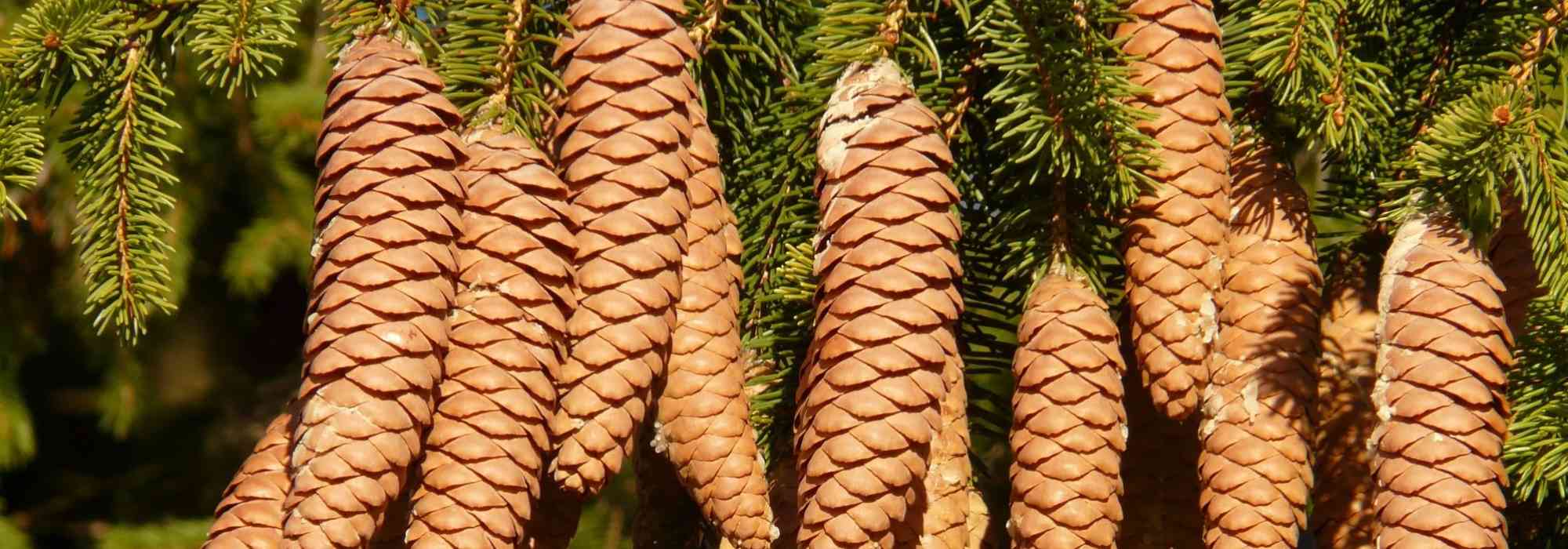Picea
Would this plant suit my garden? Set up your Plantfit profile →
Available in 2 sizes
Available in 1 sizes
Available in 1 sizes
Available in 2 sizes
Available in 2 sizes
Available in 1 sizes
Available in 1 sizes
Available in 1 sizes
Available in 2 sizes
Available in 1 sizes
Available in 2 sizes
Available in 1 sizes
Available in 1 sizes
Available in 1 sizes
Available in 2 sizes
Available in 1 sizes
Available in 1 sizes
Available in 1 sizes
Available in 1 sizes
Available in 1 sizes
Available in 1 sizes
Available in 1 sizes
Available in 2 sizes
Available in 1 sizes
Available in 2 sizes
Available in 1 sizes
Available in 1 sizes
Available in 1 sizes
Available in 1 sizes
Available in 1 sizes
Available in 1 sizes
Available in 1 sizes
Available in 1 sizes
Available in 1 sizes
Available in 1 sizes
Available in 1 sizes
Available in 1 sizes
Available in 1 sizes
Available in 1 sizes
Available in 2 sizes
Available in 1 sizes
Available in 1 sizes
Available in 1 sizes
Available in 1 sizes
Available in 1 sizes
Available in 1 sizes
Available in 1 sizes
Available in 1 sizes
Available in 1 sizes
Picea, also known as spruces, are often called 'fir trees' because of their resemblance to the 'true' fir tree, Abies. This genus comprises thirty to forty evergreen conifer species characterized by their pendulous cones and spirally arranged needles on the branches, forming brushes or fans. They thrive in deep pockets of cool, rich, and well-drained soil. Their foliage is aromatic when crushed, as it contains a highly valued essential oil with powerful energetic and anti-infectious properties, as well as a delicate, slightly woody scent with sweet notes of intense freshness. Spruces are not difficult to cultivate. They simply need to be planted in a sunny location, in ordinary, well-worked soil without excessive limestone and not too heavy. Over time, they become indispensable companions, providing a reassuring presence during winter and elegantly structuring and furnishing even the smallest spaces in the garden after a few years...
Haven't found what you were looking for?





































